That being said- when you need an offset driver you REALLY NEED an offset driver. Below are some of the types that I have used and am familiar.
The hex bit-and-vice grips combo (or hex bit-and-wrench combo): Just like it sounds. You have the screwdriver bit, but your screwdriver will not fit where it needs to fit. You remove the bit, put it on the fastener, then turn it with a wrench. Works, but a pain in the rear- you need four hands to make this work well. The big upside is you already have all the tools you need- of course you have the hex bit and everyone has an adjustable wrench (or vice-grips)- so you can get to work right away.
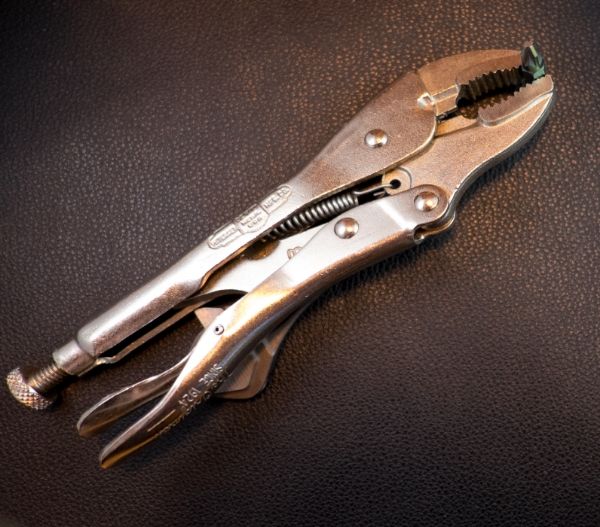
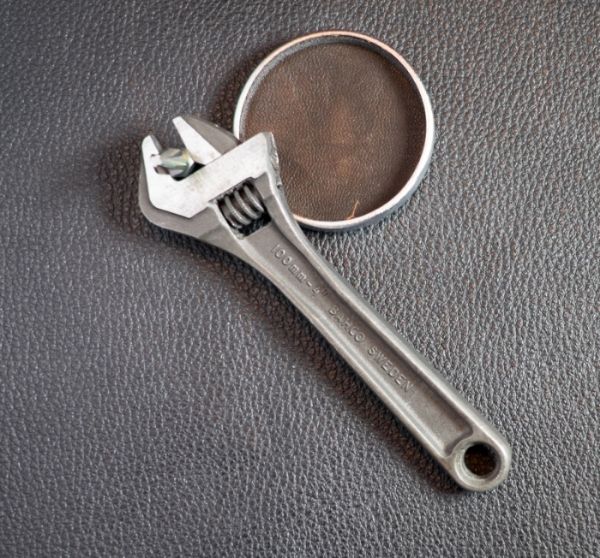
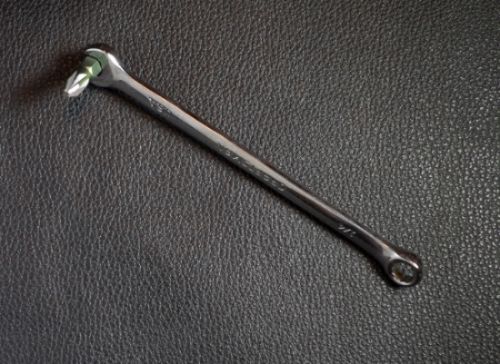
The Chapman set: The classic maker of the offset driver, Chapman has been making these sets for a while now- so long that many people refer to a ratcheting offset as a "chapman". They work well, but they take special bits- so hope you don't need to use some special-security-type of bit that is not included in the Chapman set. Not a particularly refined tool, but one that works and is super bullet-proof reliable. Not a huge fan of carrying around a large case, myself though. Many people like to keep tool sets in cases; I travel and the case is extra weight/space for me.
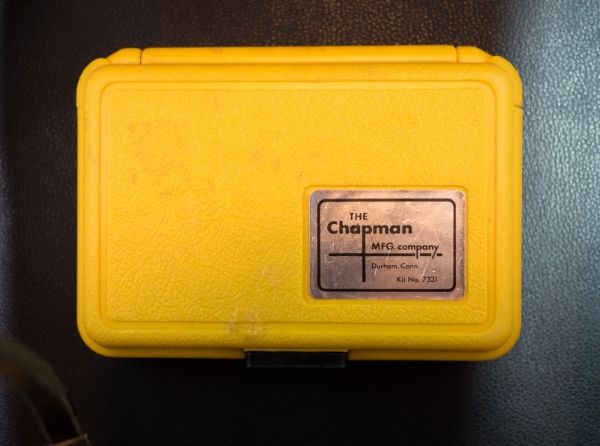
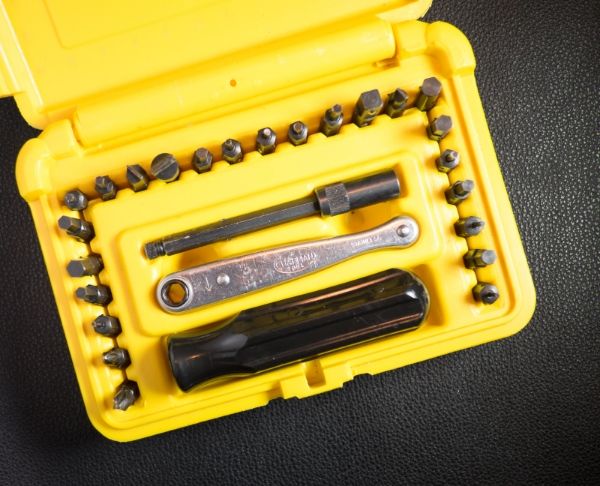
The Chapman copies: Lots and lots of these around. Most take normal hex bits, some have bits built in, some are actually pretty handy. These are usually inexpensive and available everywhere. They are also usually very cheap-feeling, with delicate ratcheting mechanisms. The one I own right now looks to be made by Chapman. There is no reverse lever on the chapman- you put the bit in the other side to reverse. Some of the cheaper versions have a lever (but can take normal bits- Chapman and Xcelite drivers- both appear to come from the same factory)
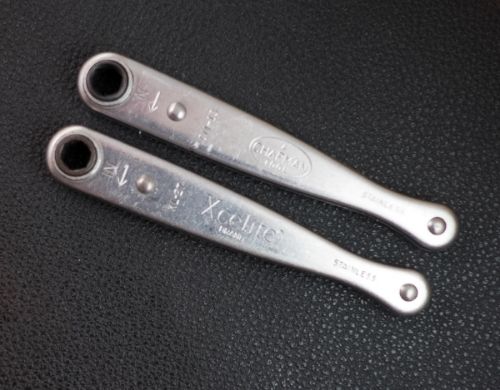
The "S" offset: Exactly what it looks like. Slow and difficult to align at times, but nothing to break and lightweight (for when you need to travel with tools). These are an "emergency use only" type of tool, you would never use an "S" driver unless you had to. (PB Swiss offset "s" drivers)
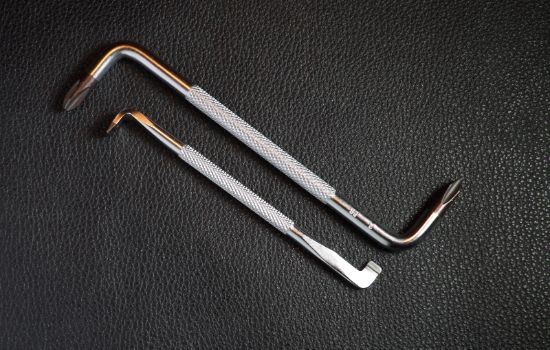
The 1/4" ratchets: Everyone makes one- you can attach a normal 1/4" socket to a ratchet, or you can get a special 1/4" bit holding socket. Nice because you may already have a ratchet and socket. Not-so-nice because this setup will be a bit thicker than the other options. But if you have the space, a good way to go. Seen below is a Snap-on 1/4" ratchet with a bit-holding socket (top) and the Wera bit ratchet (bottom). The Wera is not the thinnest ratchet out there- it's total thickness is a touch more than the bit depth, but you can clearly see how much thicker the normal ratchet is. This may prevent it from fitting in a tight spot.

The fancy ratcheting offsets: Like the Rolls-Royce version of a Chapman set. Wera and others make them. Very nice, but pricey, and often thicker than other options (remember, offset drivers are ALL about working in tight spaces, so thickness is paramount).
M
+
No comments:
Post a Comment